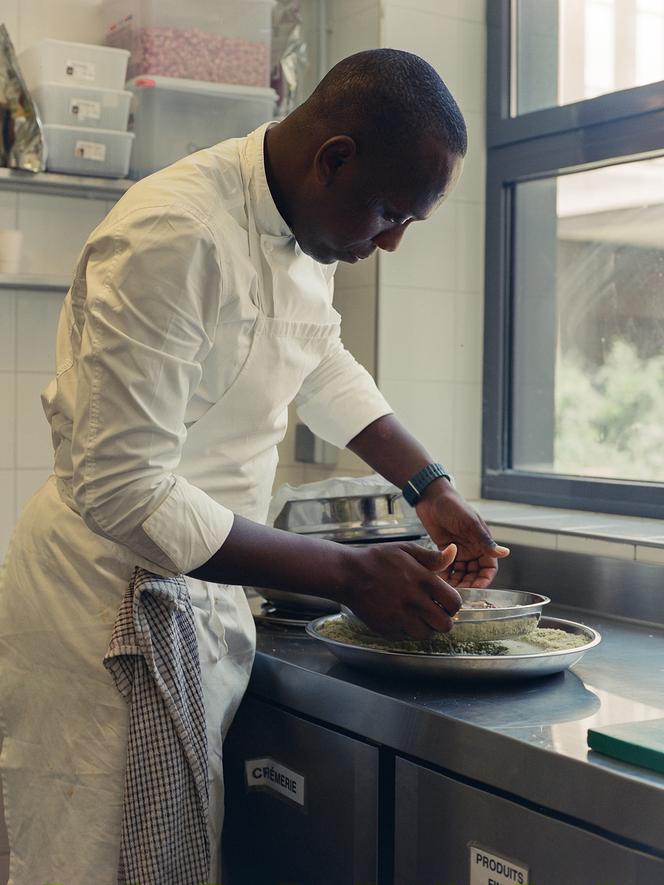


When people talk about couscous, they usually think it's a dish eaten only in North African countries. Yet in some West African communities, like the Soninke or the Fulani, which is my culture, we eat couscous every night. It's made of a very fine steamed millet, corn, or sorghum grain. It can be served with a meat-, smoked fish- or dried seafood-based sauce, with vegetables, topped with ground peanuts, chili and powdered cassava leaves (hako), baobab (lalo) or jute leaves (molokheya).
There are so many variations of this dish that you can eat it every day and never get tired of it. The recipe requires a bit of patience: You need to leave it to cook for several hours for it to reach its full flavor. In our homes, the cooking fire stays lit all day; as soon as the lunch pot is taken off the heat, the one for dinner goes on. The millet is cooked separately, just before the meal. It's the best couscous in the world – moist, delicate, and flavorful. In fact, Senegal won that title in 2019 with thiéré, the millet couscous.
You have 76.74% of this article left to read. The rest is for subscribers only.
